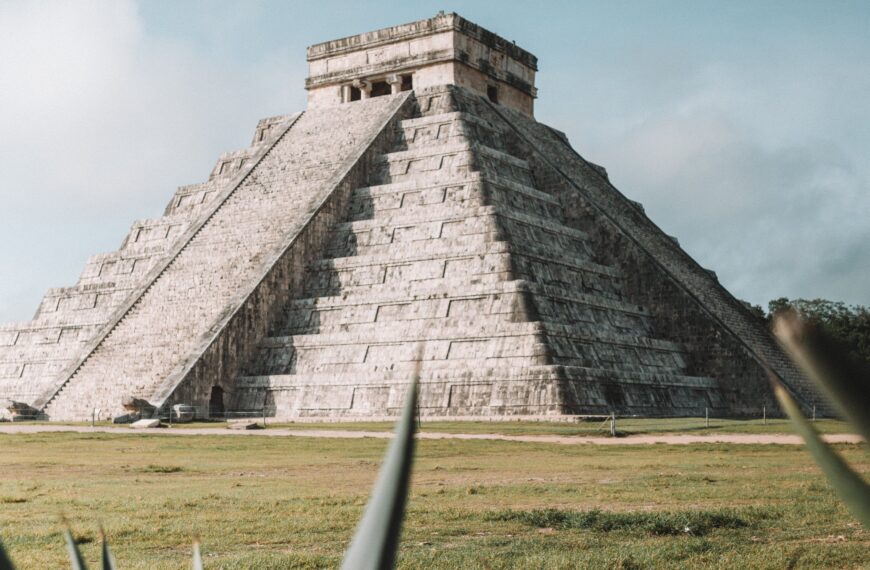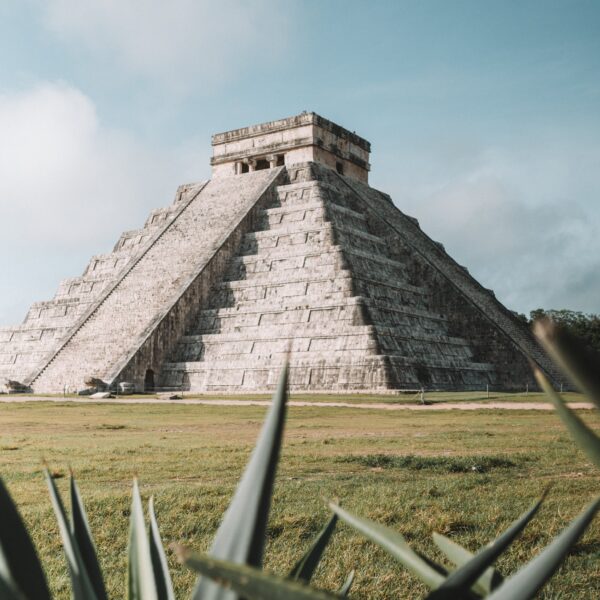“Carcassonne: A Guide to the Board Game Rules” provides a comprehensive overview of the rules and gameplay of the popular German-style board game, Carcassonne. Designed by Klaus-Jürgen Wrede and published in 2000, this tile-laying game takes players on a journey to the medieval town of Carcassonne, as they strategically build roads, cities, and cloisters. Through concise explanations and step-by-step instructions, this guide takes readers through the pre-game setup, gameplay mechanics, scoring, and endgame conditions. Whether you’re a novice looking to learn the game or a seasoned player seeking a refresher, this article is your go-to resource for understanding and mastering the rules of Carcassonne.
Carcassonne: A Guide to the Board Game Rules

Objective of Carcassonne
The objective of the board game Carcassonne is to have the lowest value hand at the end of the game. Players must strategically lay tiles and deploy their pieces in order to score points and minimize their opponents’ scoring opportunities.
Number of Players
Carcassonne can be played with 2 to 5 players. The game is designed to accommodate a range of players, making it suitable for both small gatherings and larger game nights.
Materials
To play Carcassonne, players will need the following materials:
- 72 land tiles: These tiles depict roads, fields, and city cloisters.
- 40 followers: Each player will have their own set of followers in a designated color. These followers can be designated as a thief, monk, farmer, or knight.
- 1 score tracker: A score track is included in the game to keep track of each player’s score throughout the game.

Introduction to Carcassonne
Carcassonne is a tile-laying board game in the German-style. It was designed by Klaus-Jürgen Wrede and first published in 2000. The game takes its name from the medieval town of Carcassonne in southern France, known for its fortifying city walls. Carcassonne has become a popular game in the board game community and has spawned numerous expansions and spin-offs.
Contents
The game Carcassonne includes 72 land tiles, with one starting tile (black tile) and various tiles depicting roads, fields, and city cloisters. Additionally, there are 40 followers in five different colors, which can be used as thieves, monks, farmers, or knights. One of the followers is used as a scoring marker, and a scoring track is provided to keep track of scores throughout the game.
The Pre-Game
Before starting the game, the starting tile is placed face-up in the center of the playing table. The remaining tiles are shuffled thoroughly and placed in multiple face-down stacks for easy accessibility. The score track is placed near an edge of the table. Each player takes 8 pieces of their chosen color and places one of them on the score tracker. The remaining seven pieces are kept in front of the players until the game begins. The youngest player gets to choose who will play first.

The Play
During the game, players take alternating turns, starting with the chosen player and moving to the left. Each turn consists of the following actions in order: drawing and laying a new tile, deploying a follower on that tile, and scoring possible roads, cities, and cloisters that have been completed.
Laying Tiles
To lay a tile, a player draws a tile from one of the face-down stacks and examines it. The tile must be placed in a way that one edge of the tile aligns with and/or matches the edge of the previously placed tile. Roads must connect with roads, and fields must connect with fields. If a tile cannot be placed because it doesn’t align with any tiles on the table, it is discarded, and a new tile is drawn.
Deploying Pieces
Once a tile is placed, a player can deploy one of their followers on that tile. Each player can only deploy one follower per turn, and they can only use their own pieces, not those belonging to other players. The follower must be placed on the new tile in a position that aligns with the player’s strategy and the features depicted on the tile.
The Scoring
Scoring occurs when roads, cities, and cloisters are completed. A road is considered complete when it connects at both ends to a city, cloister, or forms a closed loop. A player with a follower (thief) on a completed road scores one point for each tile contributing to the road. A city is considered complete when it is surrounded entirely by walls with no gaps. Players with followers (knights) on completed cities earn two points per tile contributing to the city. Tiles with shields on them earn an additional two points. Cloisters are considered complete when they are surrounded on all four sides by tiles. A player with a follower (monk) on a completed cloister scores nine points.
Returning Pieces
Once a road, city, or cloister has been scored, the pieces on those tiles are returned back to their respective owners. These pieces can be reused later in the game as thieves, knights, monks, or farmers.
Farms
Farms represent fields that are connected and enclosed. They are not scored during the game but are scored at the end. Farmers are the only followers that can be placed on farms. Players earn points from farmers if they supply to a completed city. For each completed city bordering a farm, the player who owns the farmer earns four points per city, regardless of the size of the city or farm.
End Game
Once the last tile has been placed, the game comes to an end. Final scoring begins, including the scoring of incomplete cities, roads, cloisters, and farms. Players earn one point per tile in incomplete features they have followers on. Shields on incomplete cities earn one additional point each. Incomplete cloisters with monks earn one point per tile around the cloister tile and one point for the cloister tile itself. Farmers earn points if they supply to completed cities.
The Winner is the Player with the Highest Final Score
After scoring is complete, the player with the highest final score is declared the winner of Carcassonne. The game encourages strategic tile laying, deploying followers effectively, and maximizing scoring opportunities to achieve the highest final score.








